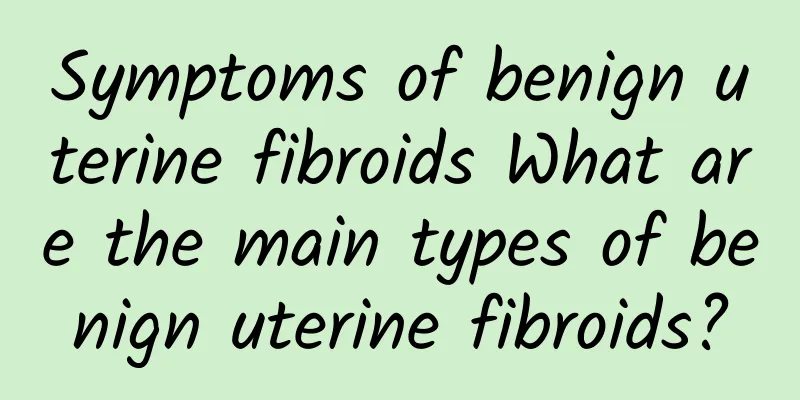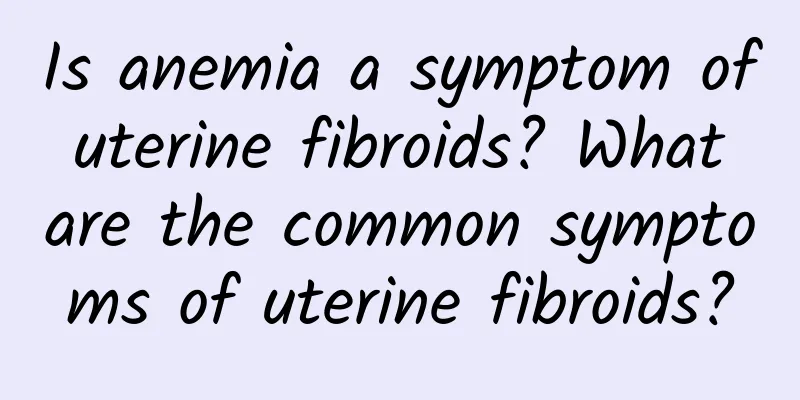Gynecological Bartholin's gland cyst symptoms

|
The main symptoms of gynecological Bartholin's gland cysts are local swelling, pain or discomfort in the vestibular area. In severe cases, they may be accompanied by fever, difficulty walking or abnormal secretions. If symptoms occur, you should seek medical attention immediately to avoid infection or further enlargement of the cyst. 1Local lumps or swelling The most typical manifestation of Bartholin's gland cyst is a unilateral or bilateral lump on the vulva near the vaginal opening. The lump varies in size, ranging from as small as a soybean to as large as an egg. It is usually soft to the touch, but if infected, it may become hard and accompanied by obvious tenderness. If it is discovered early and treated promptly, it can usually be treated with medication or minor surgery to prevent further development of the disease. 2Pain or discomfort When the cyst is not infected, it may only cause mild discomfort; once it is infected, redness, swelling, heat and pain will appear locally, and the patient may be unable to walk normally, have difficulty sitting or standing, or even feel severe pain during sexual intercourse. This is usually a sign that the cyst has evolved into Bartholin's gland cystitis or abscess, which needs to be taken seriously. Local hot compresses or warm water sitz baths can temporarily relieve discomfort, but fundamental treatment requires antibiotics or local debridement. 3. Abnormal secretions or fever In some severe cases, purulent secretions may appear in the vestibular area, indicating that the cyst has suppurated and ruptured. If accompanied by systemic fever, chills, fatigue and other symptoms, it indicates a high risk of systemic infection. At this time, you need to see a doctor as soon as possible, treat the cyst through catheter drainage or incision and drainage, and cooperate with systemic anti-infection treatment. In terms of treatment, small uninfected cysts can be treated with observation and medication, such as oral anti-inflammatory drugs and topical medications. When the cyst grows larger or is repeatedly infected, catheter drainage, cystectomy or cystostomy can be selected. It is especially important to pay attention to hygiene after surgery, and regular follow-up is also key. If the above symptoms persist or cysts recur, you should consider seeking medical attention promptly to identify the underlying problem through diagnosis and receive standardized treatment to prevent further deterioration or greater impact on quality of life. |
<<: Complete cure of vulvar pruritus
>>: Typical symptoms of threatened miscarriage are
Recommend
How to cure female cervical erosion quickly? Chinese medicine remedies are effective in treating cervical erosion
Cervical erosion is a disease that many female fr...
Learn more about the diagnostic criteria for dysmenorrhea
Dysmenorrhea may be common for everyone. What'...
Does cervical hypertrophy require treatment?
Whether cervical hypertrophy requires treatment d...
What are the dangers of endometrial tuberculosis?
The uterus is likened to a woman's "litt...
Don’t be careless when treating cervical hypertrophy!
Cervical hypertrophy is a type of chronic cervici...
Don’t eat red dates when you are pregnant. Will eating red dates cause miscarriage when you are pregnant?
After a woman becomes pregnant, her appetite and ...
Experts introduce methods to prevent adnexitis
In recent years, the incidence of adnexitis in wo...
What should patients with adnexitis pay more attention to in daily life?
What are the things that patients with adnexitis ...
Is cervicitis contagious in women? Common knowledge about cervicitis that women must know
Is cervicitis contagious? This is a question ofte...
Why are obese women more likely to suffer from vaginitis?
Recently, many friends have been asking a questio...
Sip healthily! Eat the right 4 key nutrients + key proportions
Are the foods we eat every day “key nutrients”? C...
What are the treatment methods for different degrees of cervical erosion? Introduction to three treatment methods for cervical erosion
The private part of women that cannot be exposed ...
Will adenomyosis disappear after menopause?
Symptoms of adenomyosis usually improve after men...
Symptoms of severe cervical erosion
Because there are no obvious symptoms in the earl...
What to do if a pregnant woman has pelvic effusion
Pelvic effusion is some inflammatory exudate in t...









